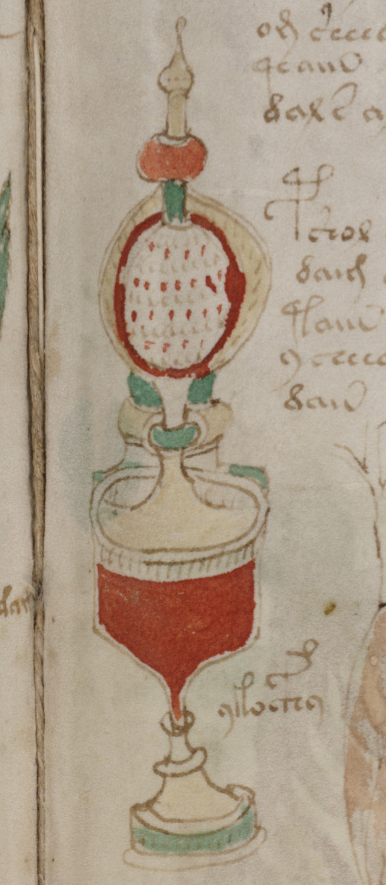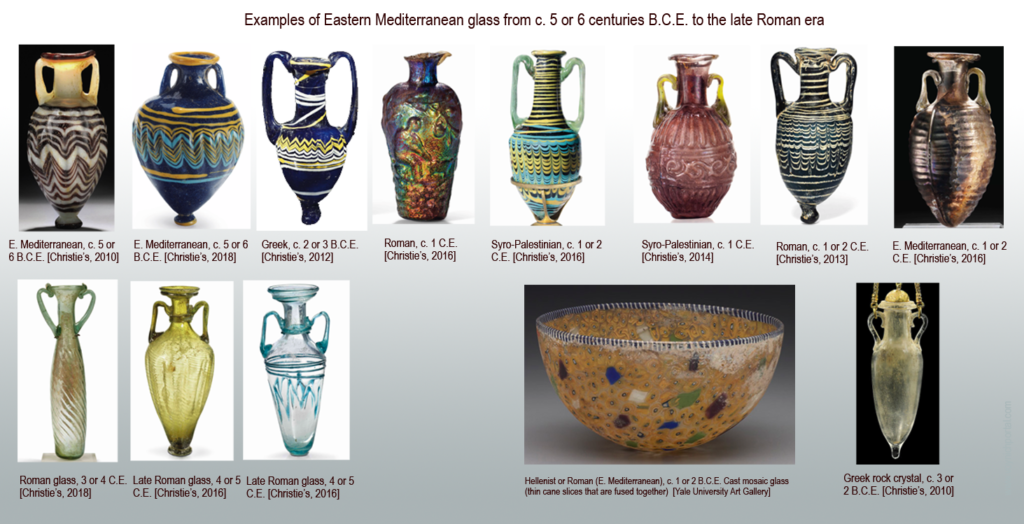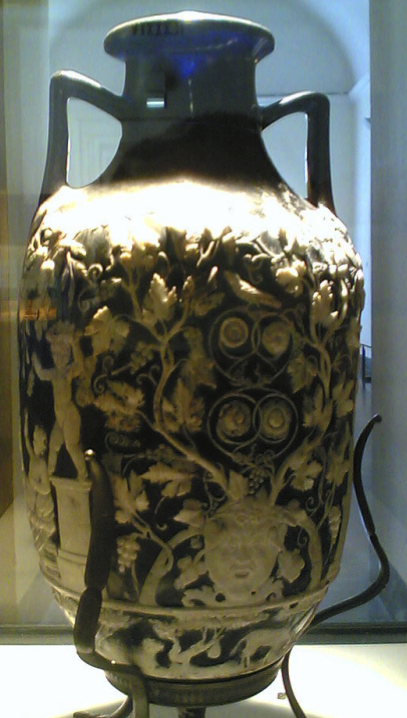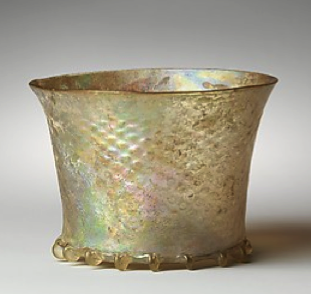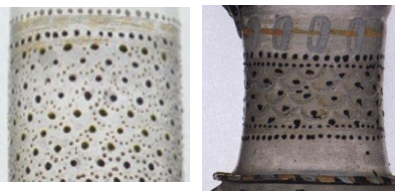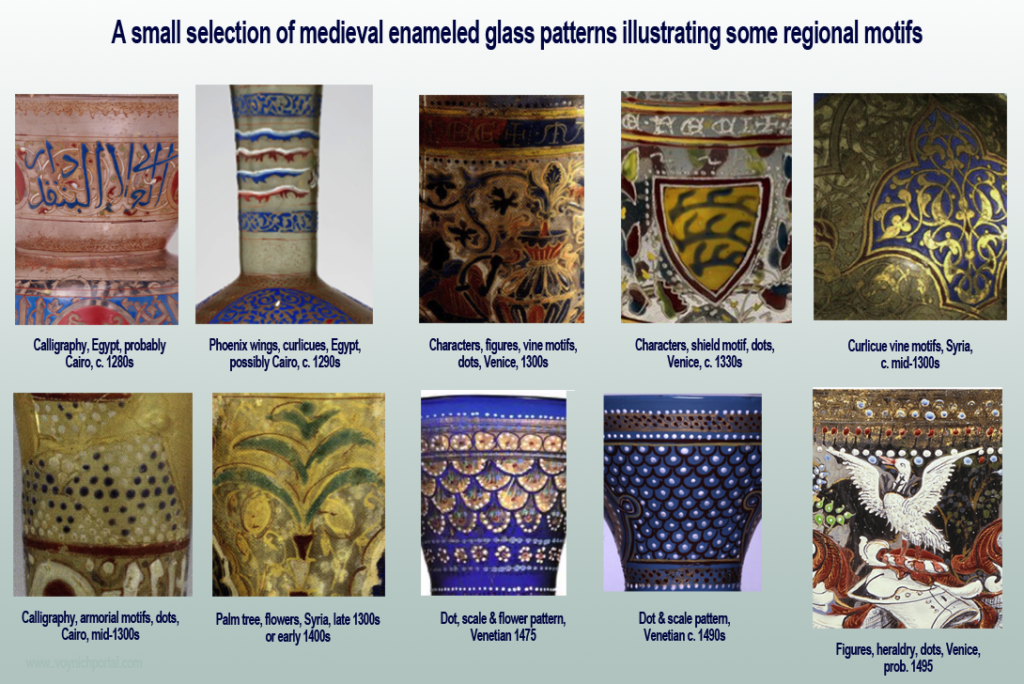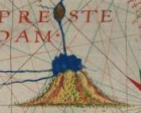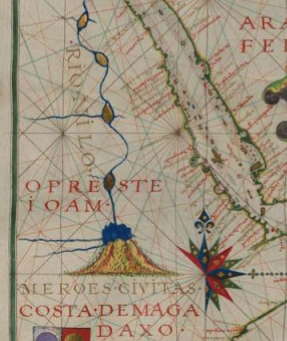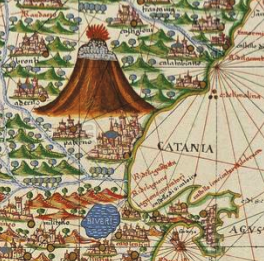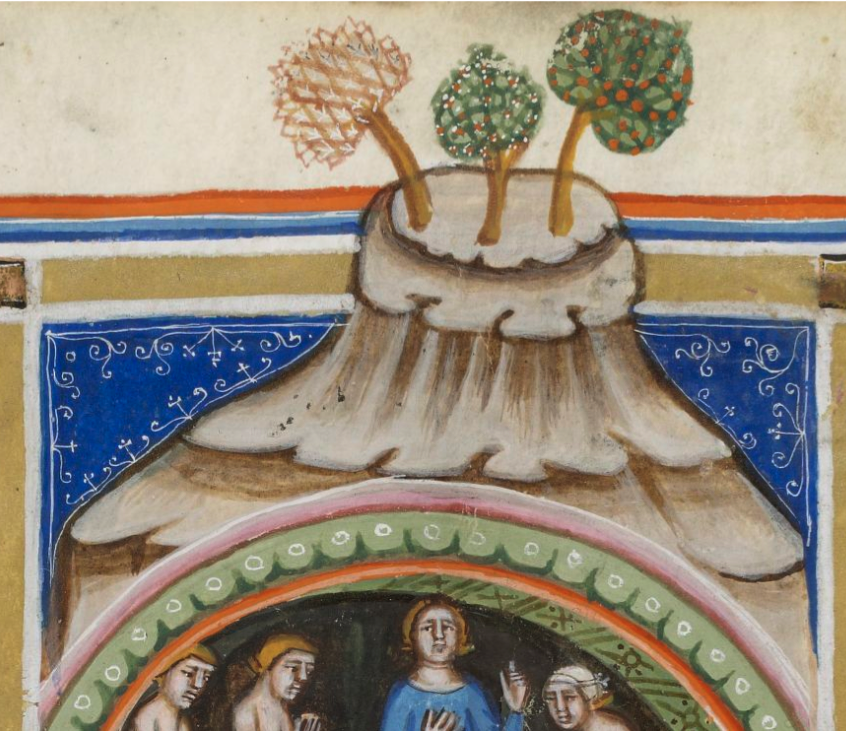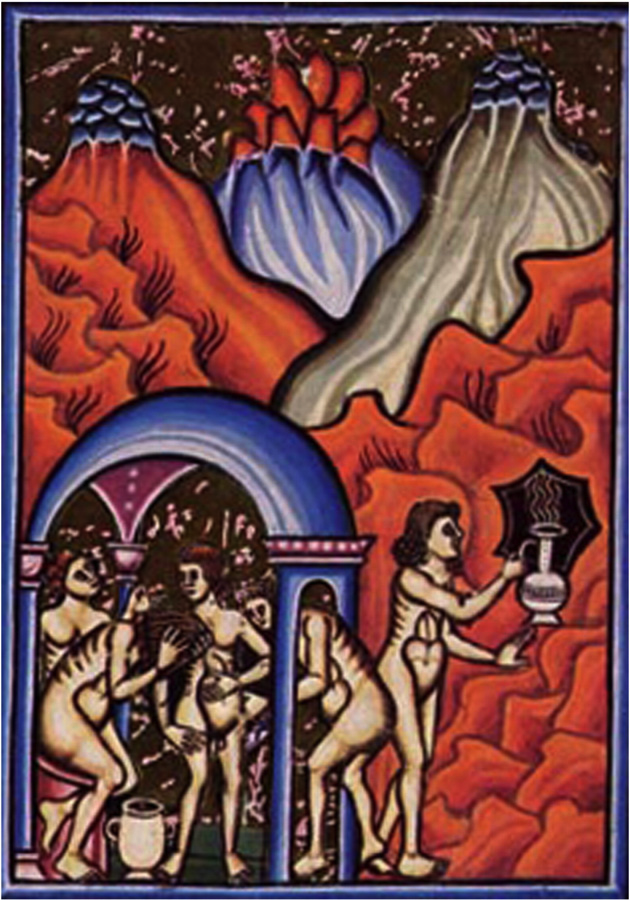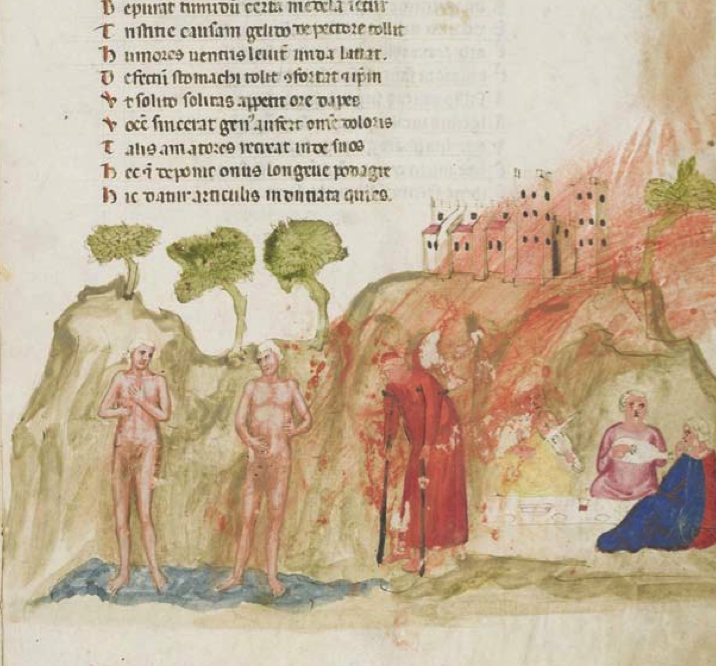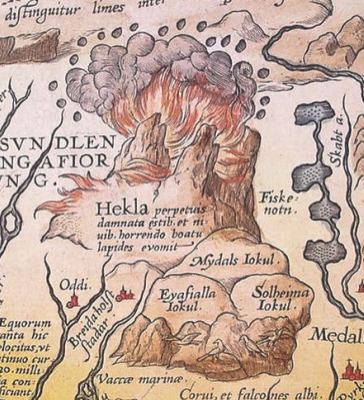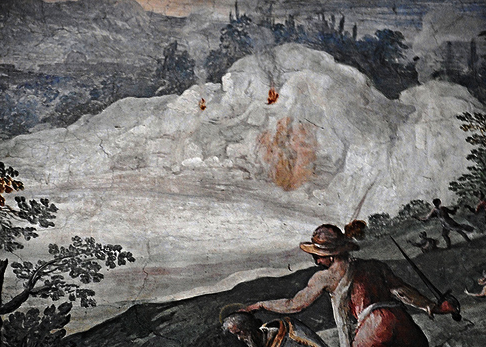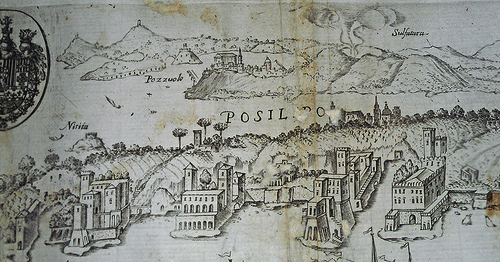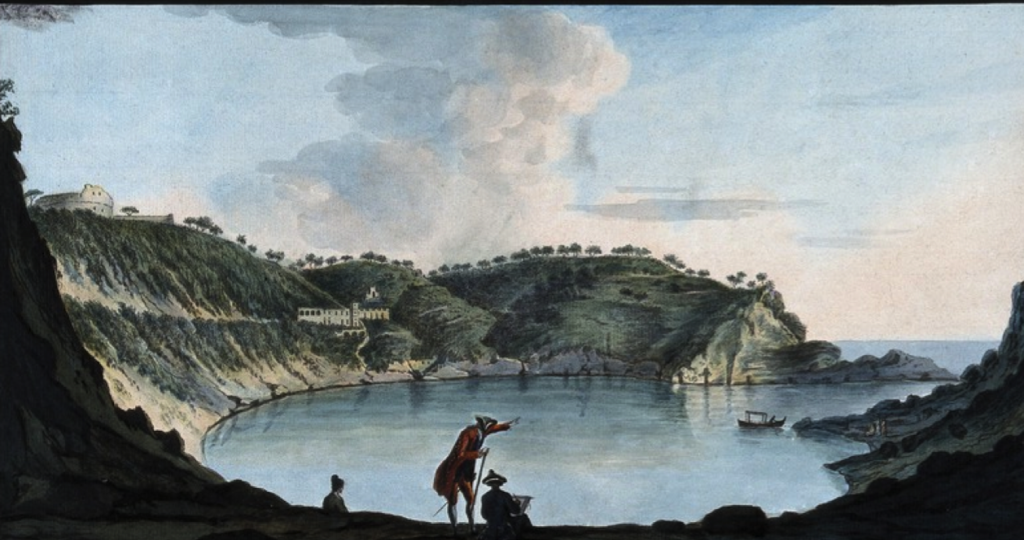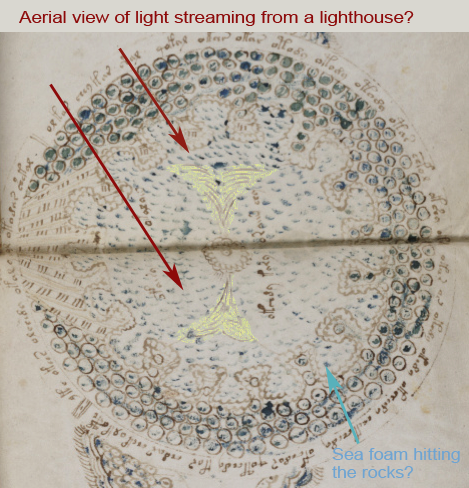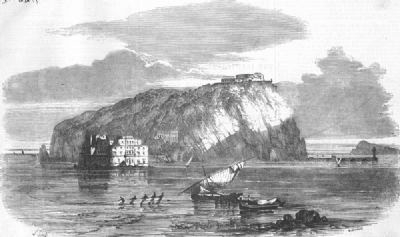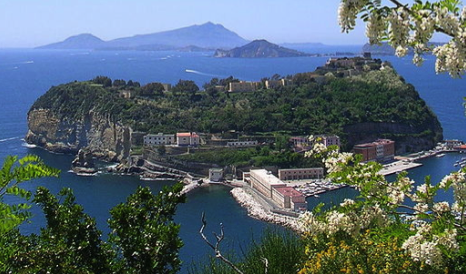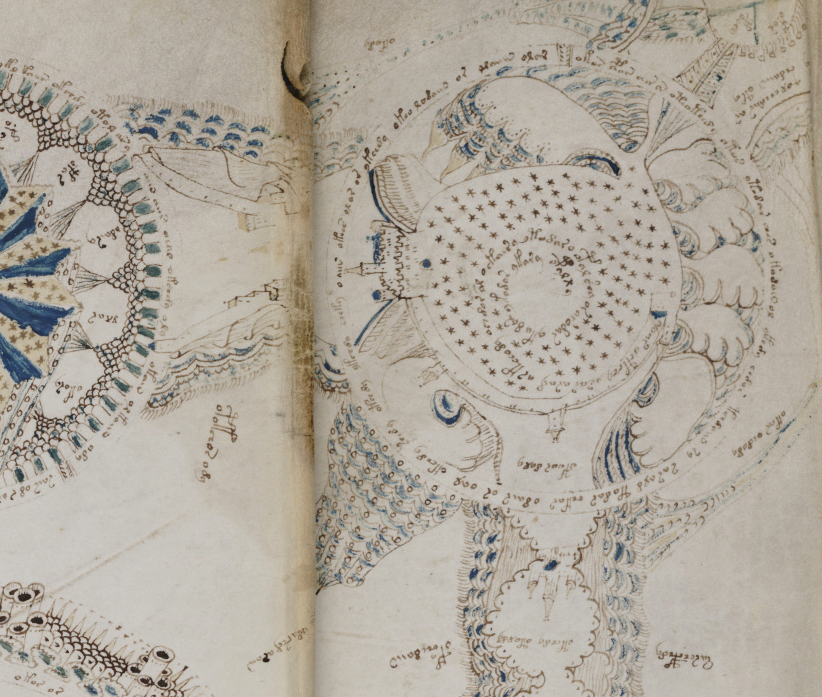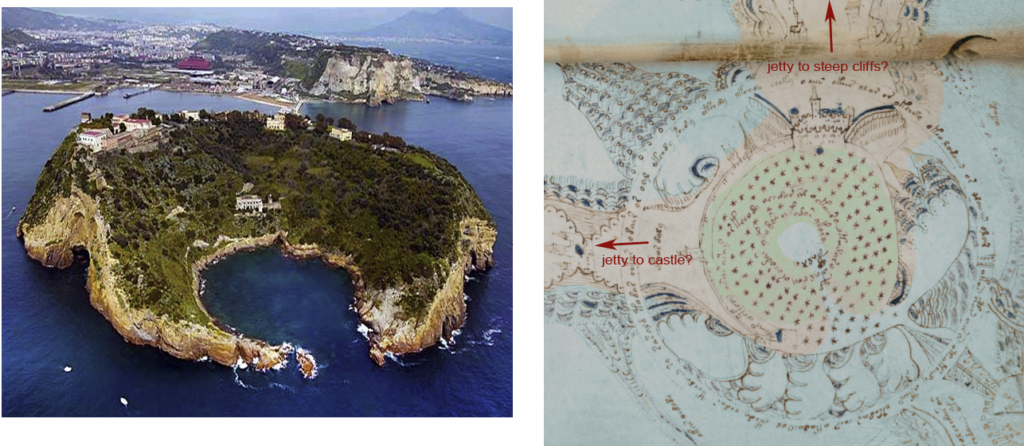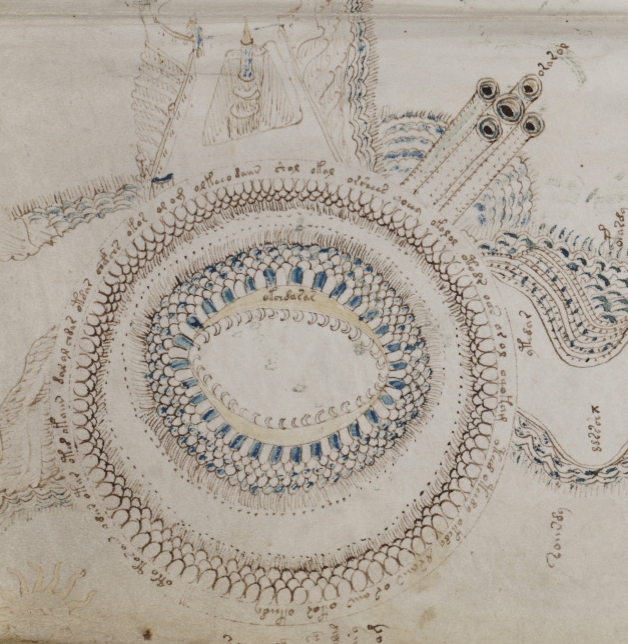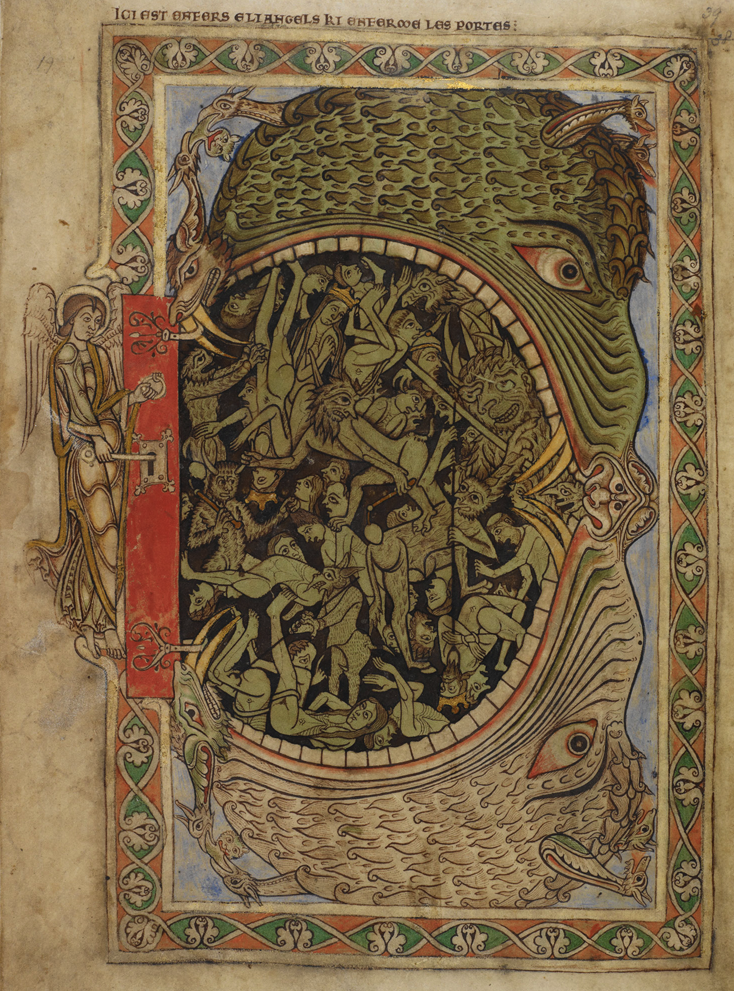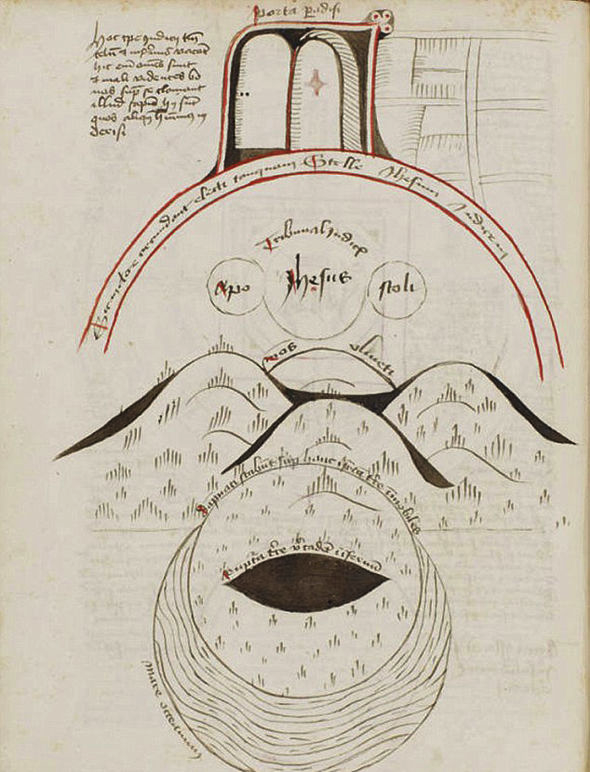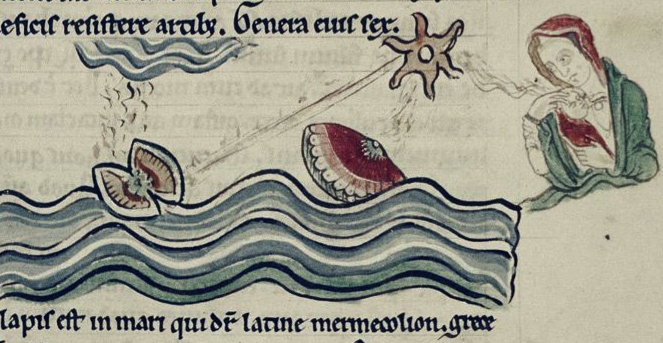http://wendykeithdesigns.co.uk/petite-cable-rainbow-arm-warmers-i4.html 25 Feb. 2019
France I’ve frequently mentioned that the VMS illustrator had difficulty visualizing three dimensions. This weakness is especially apparent in the joints of humans and animals. Joints are attached to the torso with interlocking sockets and a specific pattern of controlling muscles, and the VMS illustrator didn’t “get” this (or wasn’t able to picture it in his or her mind) and thus relied on formulas (or imperfect copies of exemplars) instead.
When I first looked at the VMS “zodiac” figures, I noticed that the hind limbs of VMS critters were distinctly quirky. I searched for examples of this anatomical eccentricity for years and they were harder to find than I expected. Even illustrators with weak drawing skills usually understood that the hind limbs of these animals angle backward, and yet the VMS illustrator did not (click to see larger):
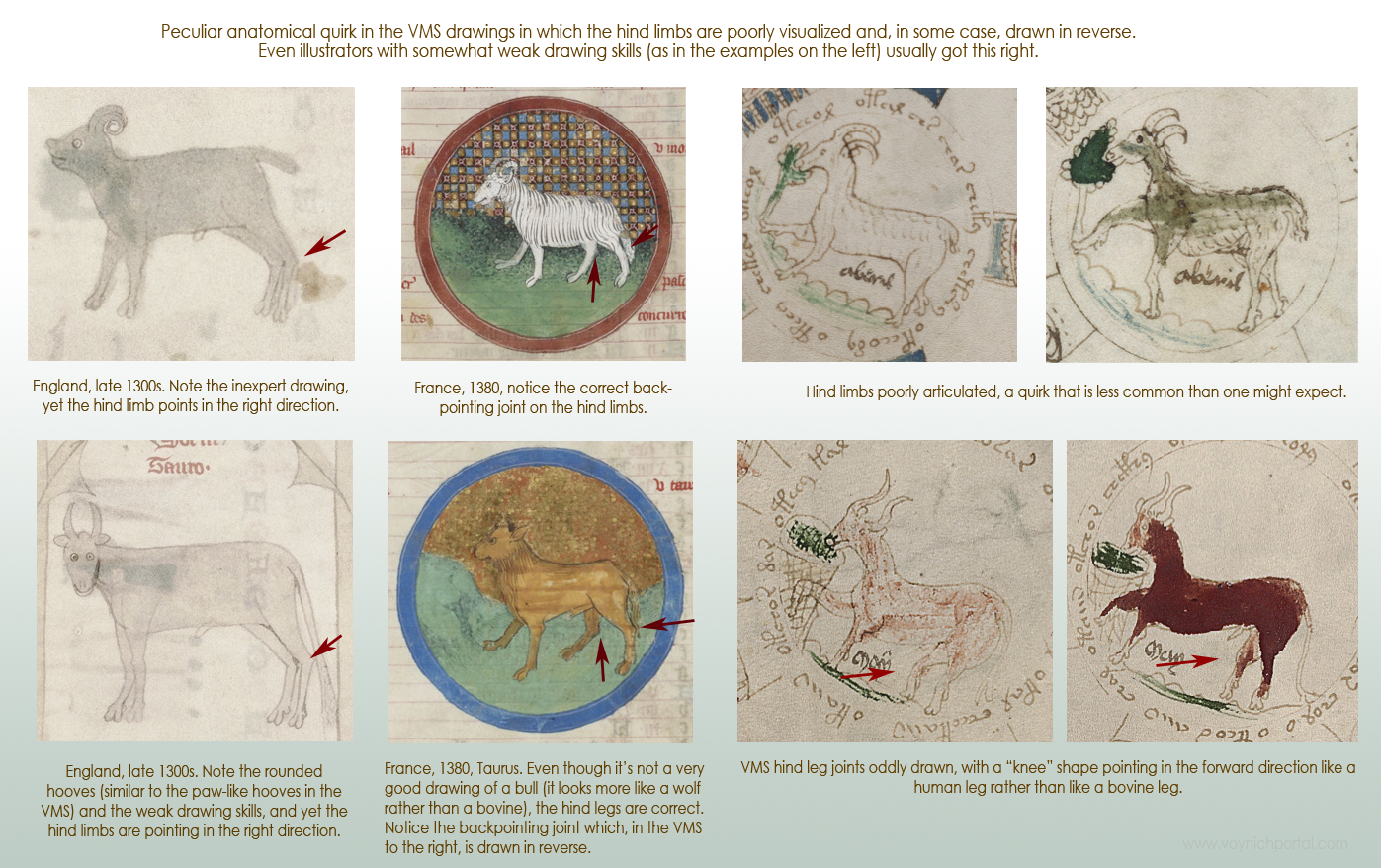
When I did find a creature with similarly odd hind limbs, it was in a Lauber manuscript that I blogged about in January 2016. It wasn’t just the hind limbs that were anatomically peculiar, the drawing was similar to the VMS in other ways, including subject matter and palette—and both were pond critters. Even the face of the vaguely defined critter was somewhat similar in form and expression to the VMS.
I will post the example again with arrows added so I don’t have to repeat the commentary from the previous blog:
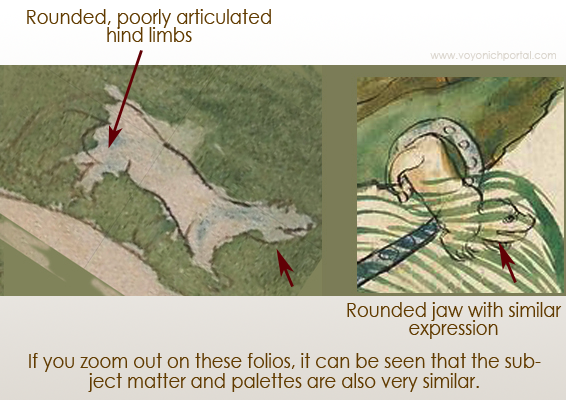
Obviously the illustrator on the right is more skilled, but the subject matter, general idea, and even some of the execution is similar.
Now let’s look at human joints where there is a similar VMS anomaly.
Note in these samples how the shoulder joint is almost missing. There is a line connecting the neck to the upper arm that never really defines the shoulder correctly. As a result, the neck looks unusually thick and the arm has a vague snake-like appearance. In one case, the arm is coming out of the nymph’s cheek!
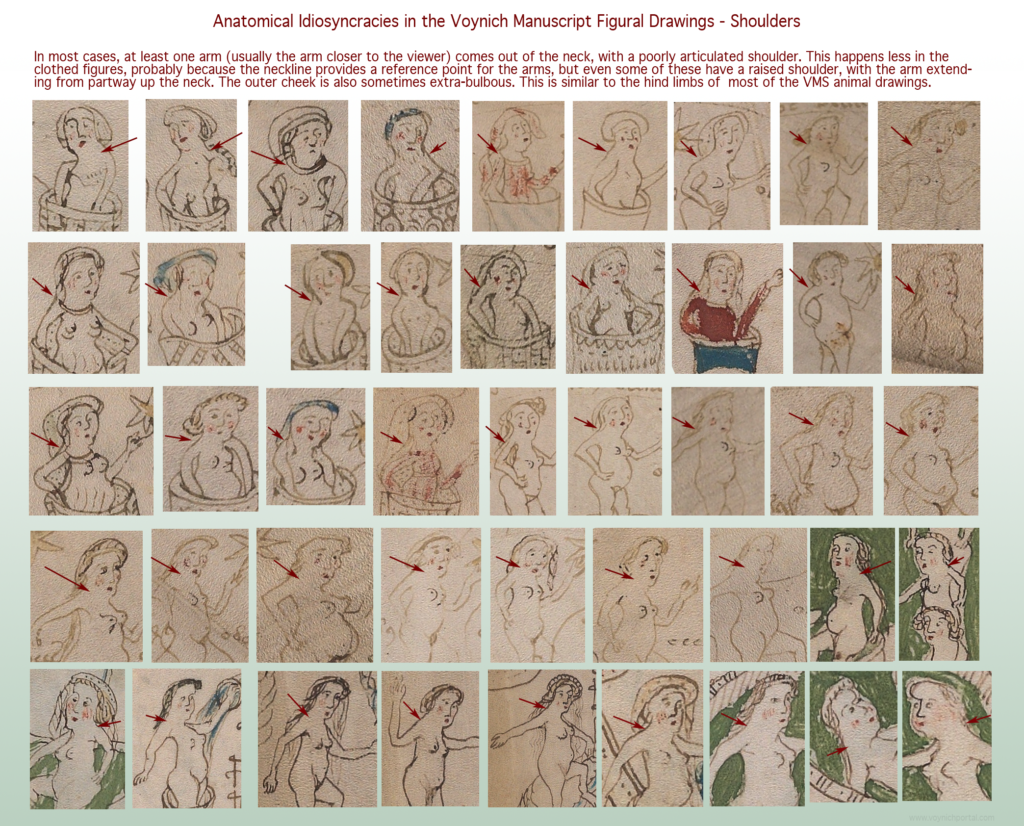
The illustrator adapted a formula and rarely varied from it.
Are the Faces Also Unusual?
If we momentarily ignore the arm coming out of the neck, the VMS faces are not especially unusual. Below left are six examples from approximately the same angle. Note that they have similarly rounded bumps for the cheek, vague chins, and almost absent jawlines on the side facing the viewer.
Many of the faces on the right, from other manuscripts, follow the same basic formula. The L-shaped nose is also quite common, as are the ruddy cheeks. The main difference is that the eyes and lips are defined a little better than those in the VMS:
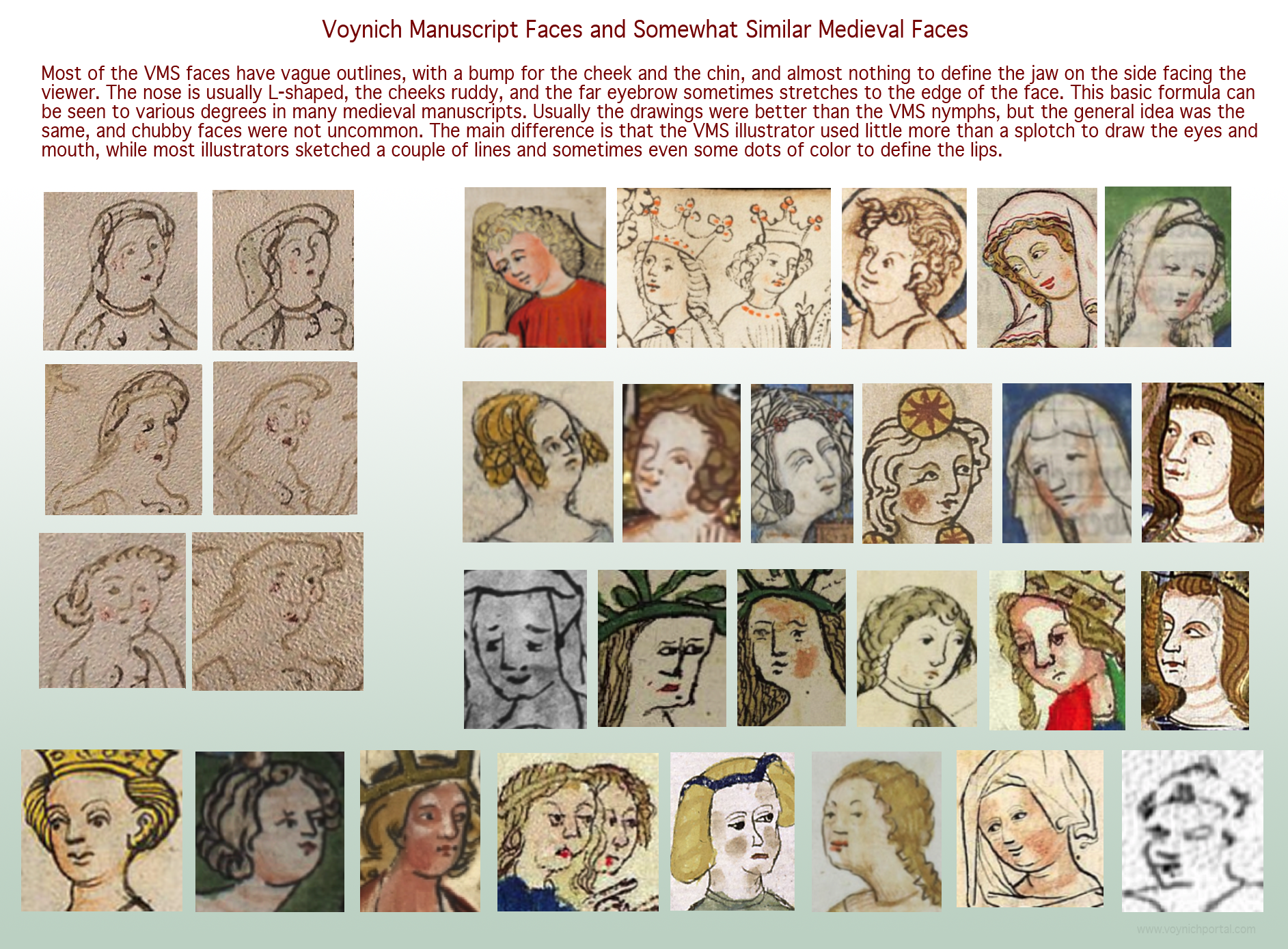
So the misplaced shoulder is rather unusual, but the general form of the faces is not.
What about the details?
There are many places in the VMS where breasts and other parts appear to have been added later, sometimes in a darker ink, maybe by a different hand, maybe not. It’s difficult to know if another hand added them since the breasts vary from one drawing to the next, not just from one group to the next. Maybe they were added by the same person sometime later. The only place they seem significantly different is where they are drawn like big round eyeballs.
Note the faces on the left in the following examples. The majority of VMS faces are drawn this way, with a bumpy line defining the outer contour, similar to those in the previous chart. But there are a few that are drawn like the ones on the right, with a distinctive shape that defines a melon-shaped forehead and connects it in a continuous curve to the nose. Like the nose on one of the Aries figures, this looks suspiciously like a different hand, more confident and slightly more skilled, even if it’s an odd way to draw a face:
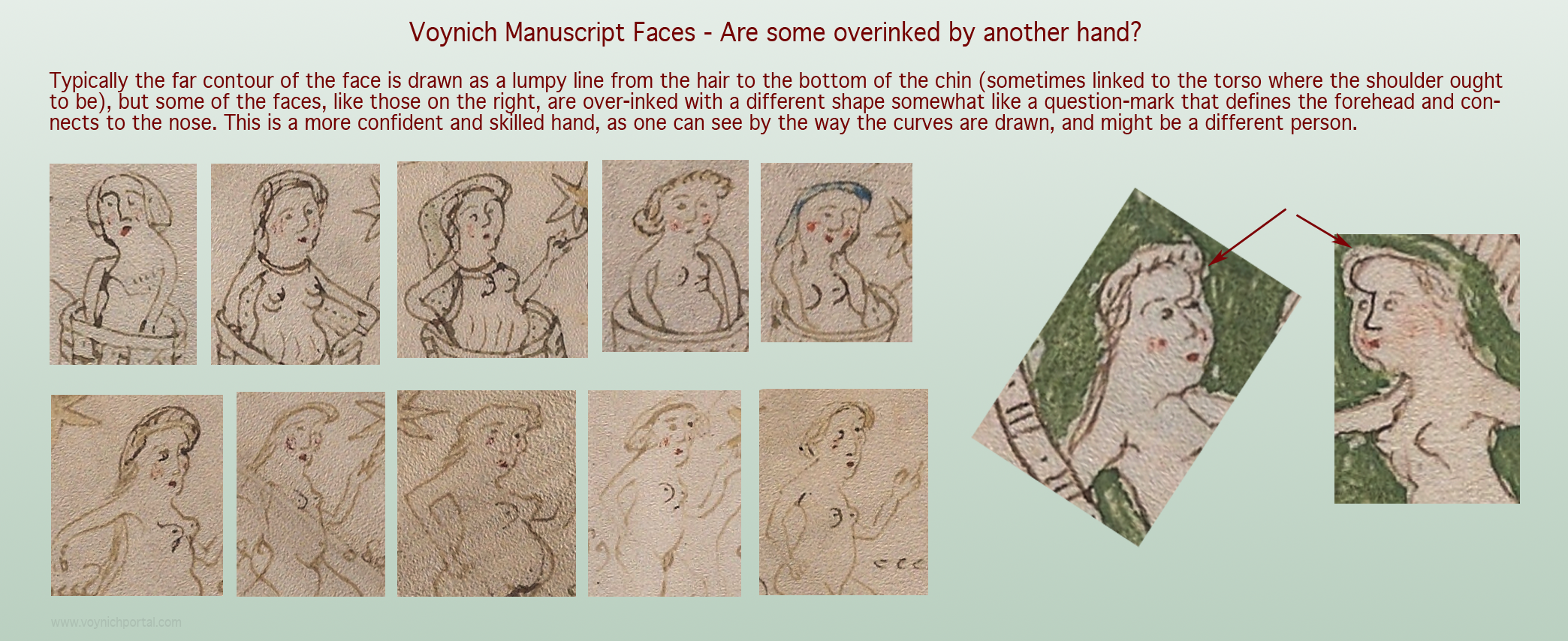
The added lines on the right have an almost cartoon-like quality. So far, I haven’t found faces in other manuscripts drawn this way.
I thought the over-inking and melon-shaped foreheads might have been done at a later time (perhaps much later), but the more I looked at the faces with this peculiar forehead, the more I realized that other figures with this difference looked like original drawings rather than ones that were inked in later. Here are some examples. Note the hollow-looking eyes:
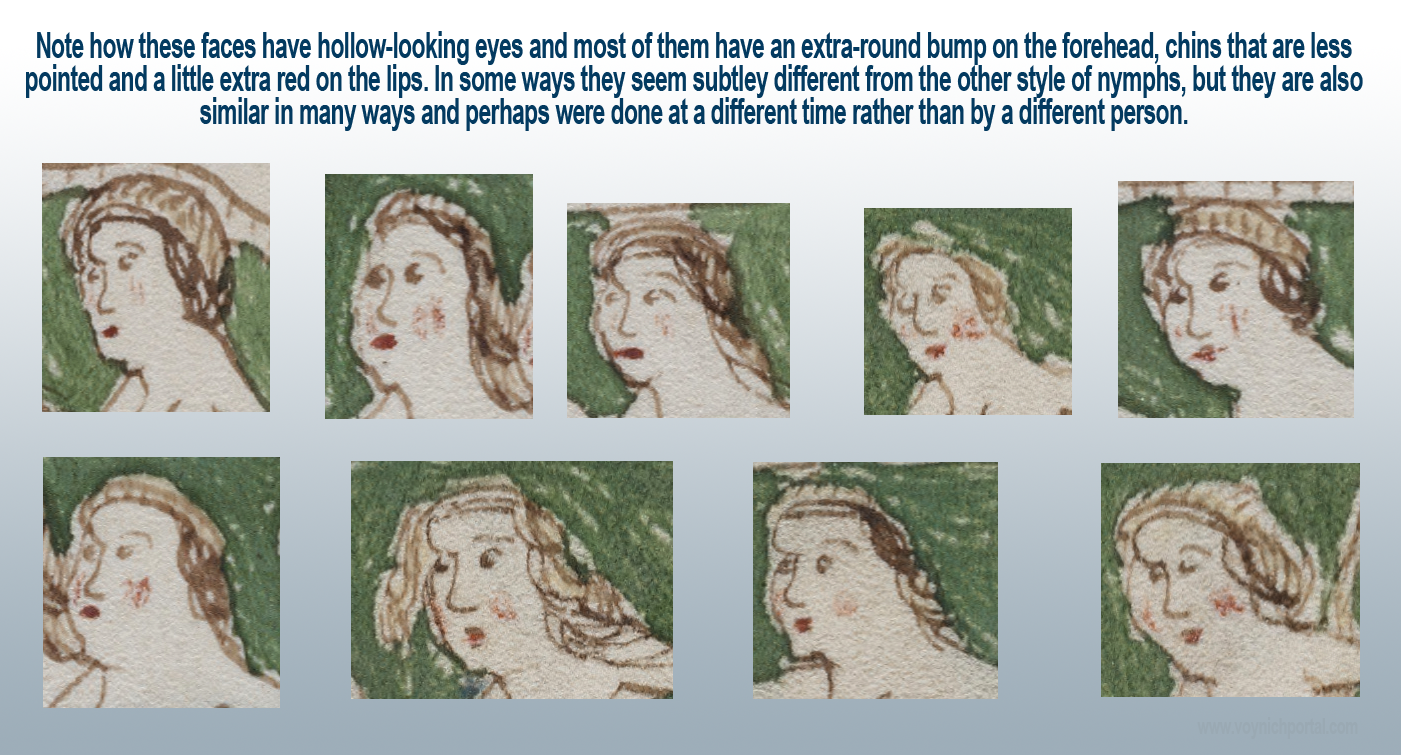
There’s another variation in the VMS faces that caught my attention. Even though most of the facial features are essentially the same, a few of the VMS nymphs have an extra little point in their chins, a variation that is less common than the rounded or almost-absent chin:
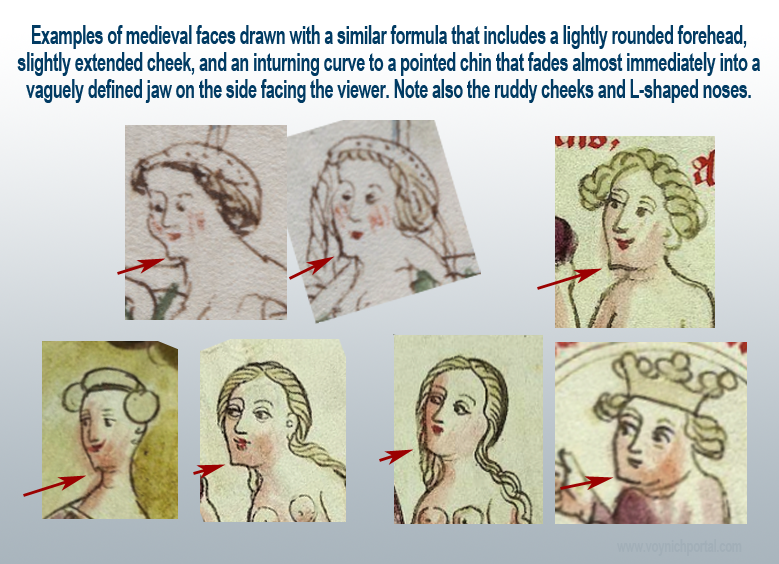
This is the feature that seems most distinctive, next to the melon-foreheads. The weirdly attached shoulder is also unusual enough that it could be spotted in another manuscript.
Summary
I have more information on VMS bodies, but this is enough for now. There are certain facial formulae in the VMS that are distinctive, particularly the melon-forehead and chin with a tiny point, combined with the vaguely defined closer side, L-shaped nose, and ruddy cheeks.
This was not an artist drawing from a variety of angles who was thinking about light and composition. The VMS illustrator learned a simple “outline” approach with little consideration for the underlying muscles or joints. The resultant drawings are clumsy, but have the advantage of speed—many figures could be drawn in a short time.
J.K. Petersen
© Copyright 2019 J.K. Petersen, All Rights Reserved

